The scientific community is abuzz with what could be one of the most significant breakthroughs in physics this century - the laboratory creation of time crystals that appear to defy conventional thermodynamic laws. These bizarre quantum systems maintain persistent oscillation without energy input, challenging our fundamental understanding of equilibrium and perpetual motion.
Time crystals, first proposed by Nobel laureate Frank Wilczek in 2012, represent a new phase of matter that breaks time-translation symmetry. Unlike conventional crystals that exhibit repeating patterns in space, time crystals display periodicity in time - their atomic structures undergo coordinated motion that repeats at regular intervals indefinitely, without dissipating energy.
Recent experiments at Harvard University and the University of Maryland have successfully created these exotic structures using two distinct approaches. The Harvard team trapped ytterbium atoms in an optical cavity and used laser pulses to induce quantum entanglement, while the Maryland group employed a chain of trapped ions manipulated with precise microwave radiation. Both systems demonstrated the hallmark signature of time crystals: persistent oscillation at a frequency different from the driving frequency.
What makes these findings revolutionary is their apparent violation of the traditional understanding of thermodynamics. The second law states that isolated systems always tend toward thermal equilibrium, yet time crystals maintain non-equilibrium behavior indefinitely. They achieve what appears to be a form of perpetual motion - not by creating energy from nothing, but by locking into a stable, non-equilibrium quantum state.
The implications ripple across multiple disciplines. In quantum computing, time crystals could provide incredibly stable qubits resistant to decoherence. For fundamental physics, they offer a playground for studying non-equilibrium thermodynamics and potentially new states of matter. Some theorists speculate they might even have applications in precision timekeeping far beyond atomic clocks.
However, the research remains contentious. Some physicists argue these systems don't truly violate thermodynamics because they're not completely isolated - the periodic driving provides an energy source. Others counter that the key innovation is the system's ability to establish a stable subharmonic response, something previously thought impossible for driven systems.
Experimental verification has been challenging. True time crystals must demonstrate robustness against perturbations - their oscillations shouldn't dampen even when slightly disturbed. The latest experiments have shown promising results in this regard, with systems maintaining coherence for hundreds of cycles. Still, researchers are working to extend these lifetimes and demonstrate the effect at higher temperatures.
The theoretical underpinnings involve complex quantum many-body physics. Time crystals emerge from intricate interactions between particles that create a form of quantum synchronization. This collective behavior produces a temporal structure analogous to how atomic arrangements create spatial crystals. The phenomenon requires carefully balanced conditions where interactions are strong enough to maintain order but not so strong as to cause decoherence.
Several research groups are now racing to create more robust versions and explore potential applications. Microsoft's Station Q research lab has invested heavily in the field, seeing potential for topological quantum computing. Meanwhile, teams in Japan and Germany are investigating solid-state systems that might exhibit time crystalline behavior at more practical temperatures.
Ethical considerations have begun emerging alongside the scientific ones. Any technology that appears to skirt thermodynamic laws warrants careful scrutiny. While time crystals don't violate energy conservation, their strange properties could have unforeseen consequences if deployed in real-world applications. The field is so new that proper safety protocols haven't yet been established.
Looking ahead, researchers aim to create larger, more complex time crystals and study their interactions. Some theorize about "time quasicrystals" with more complex temporal patterns, or even four-dimensional space-time crystals. There's also growing interest in whether naturally occurring time crystals might exist in extreme astrophysical environments.
The discovery has reinvigorated discussions about the nature of time itself. Traditional physics treats time as a passive backdrop, but time crystals suggest matter can impose structure on time. This could have profound implications for our understanding of temporal symmetry breaking and perhaps even the arrow of time.
As with any radical scientific advancement, skepticism remains healthy. Some researchers caution that what we're calling time crystals might simply be interesting non-equilibrium phenomena rather than fundamentally new phases of matter. The coming years of experimentation and debate will determine whether this represents a true paradigm shift or an intriguing but limited exception to known physics.
What's undeniable is that time crystals have opened a new frontier in condensed matter physics. Whether they ultimately revolutionize technology or remain laboratory curiosities, they've already expanded our conception of what's possible within the quantum realm. As research progresses, we may need to rewrite physics textbooks to accommodate these strange structures that dance to the hidden rhythms of time itself.
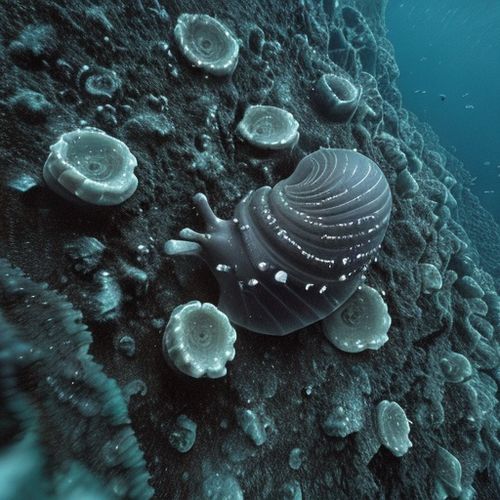
By Emily Johnson/Apr 10, 2025

By Sarah Davis/Apr 10, 2025

By Christopher Harris/Apr 10, 2025
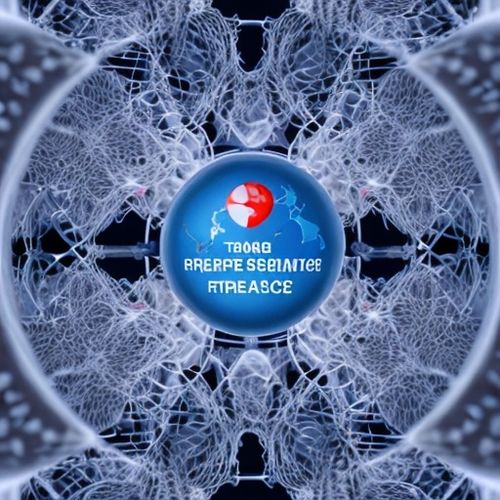
By John Smith/Apr 10, 2025
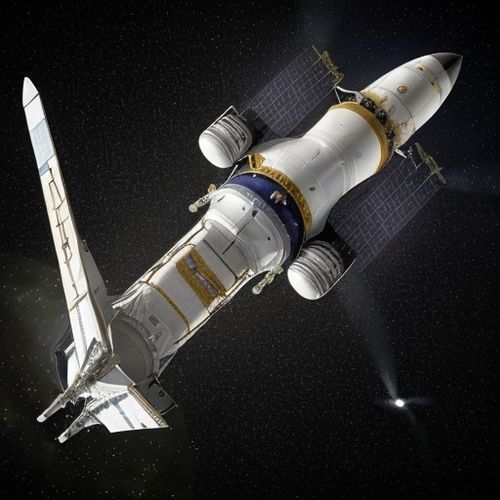
By Ryan Martin/Apr 10, 2025
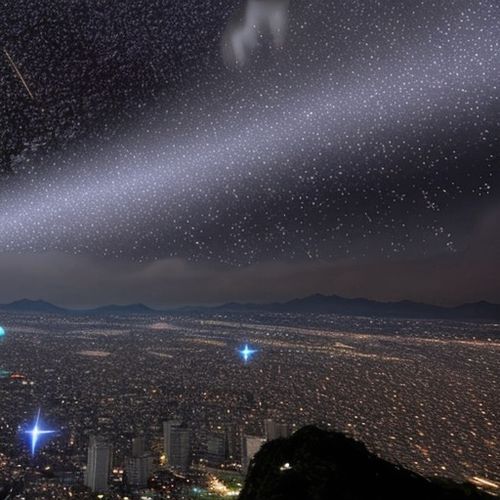
By Olivia Reed/Apr 10, 2025

By Sarah Davis/Apr 10, 2025
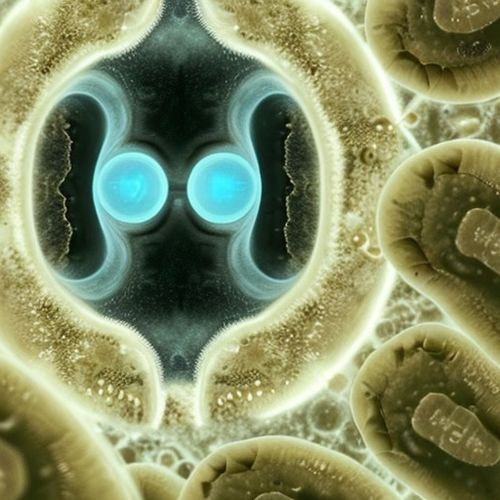
By Victoria Gonzalez/Apr 10, 2025
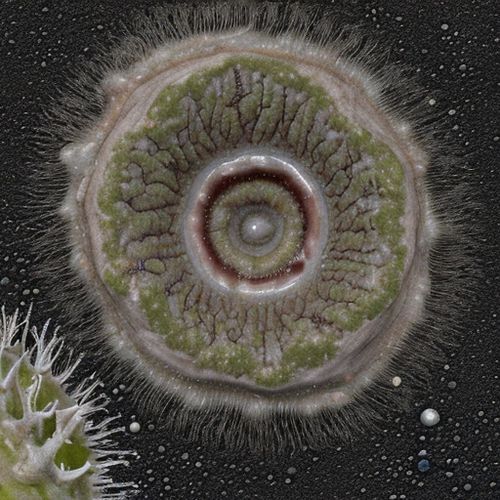
By Laura Wilson/Apr 10, 2025
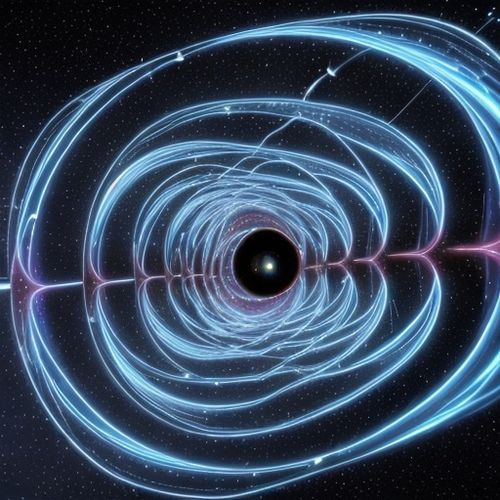
By Lily Simpson/Apr 10, 2025

By Grace Cox/Apr 10, 2025
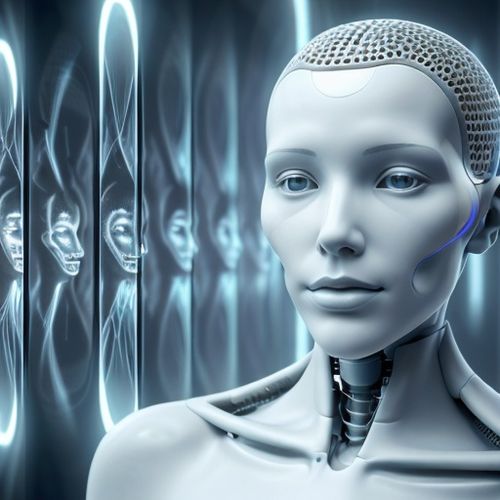
By Emma Thompson/Apr 10, 2025

By Grace Cox/Apr 10, 2025

By Thomas Roberts/Apr 10, 2025
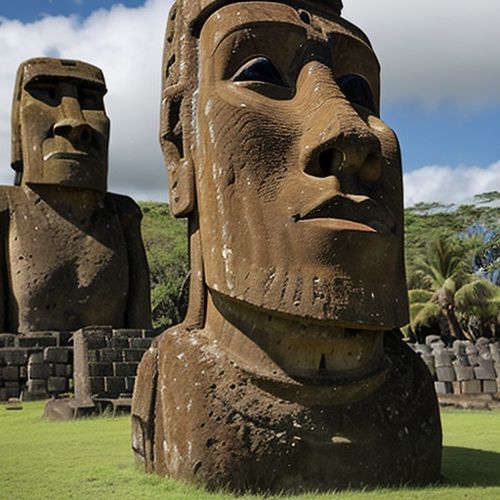
By Laura Wilson/Apr 10, 2025

By Benjamin Evans/Apr 10, 2025

By Megan Clark/Apr 10, 2025